Nurturing the Backbone -
A New Era in Well-Being for Healthcare Professionals
It's no surprise that healthcare workers suffer from some of the highest levels of workplace stress.
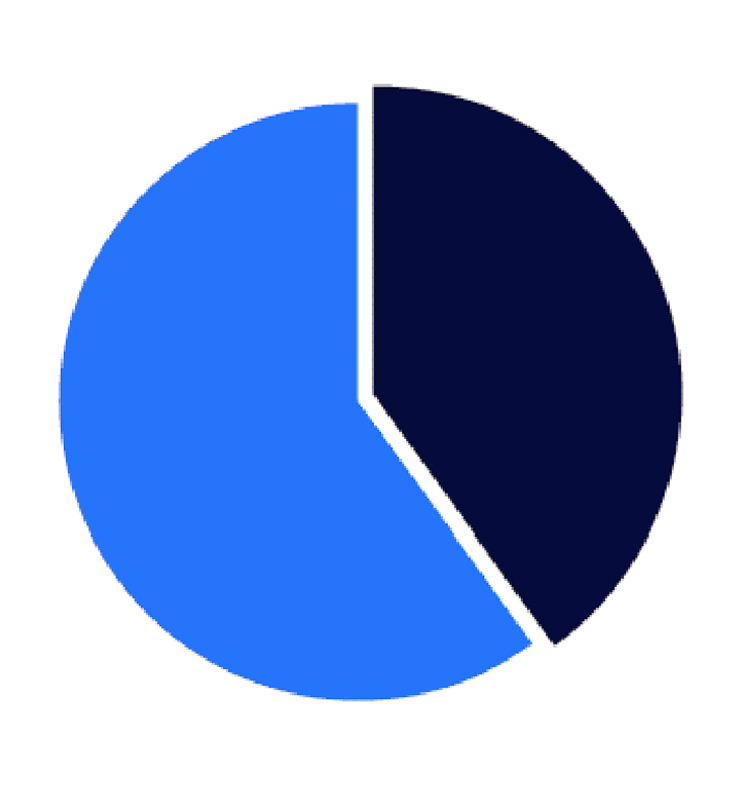
40%
staff absence2
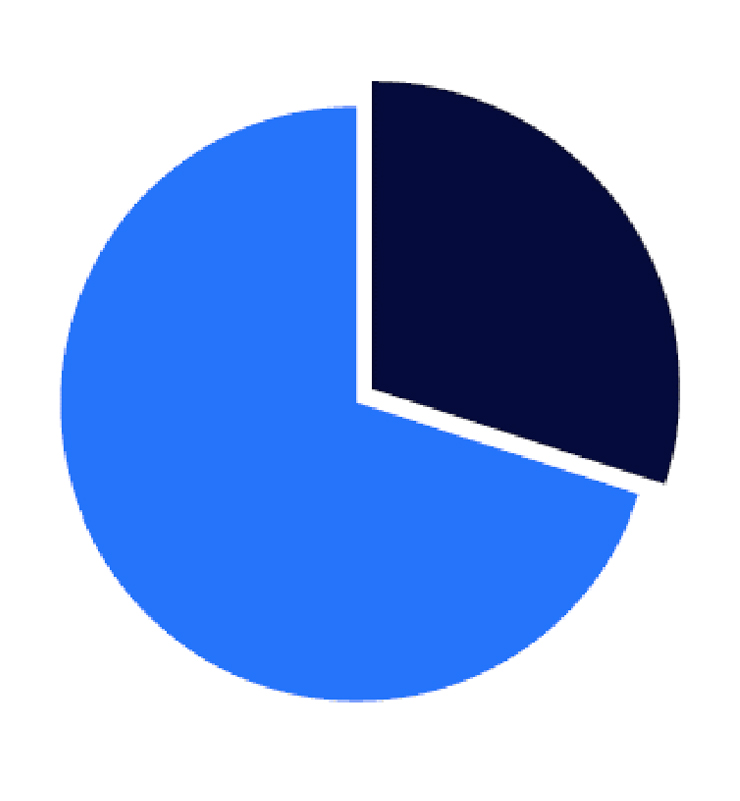
33%
of nurses plan to change jobs3
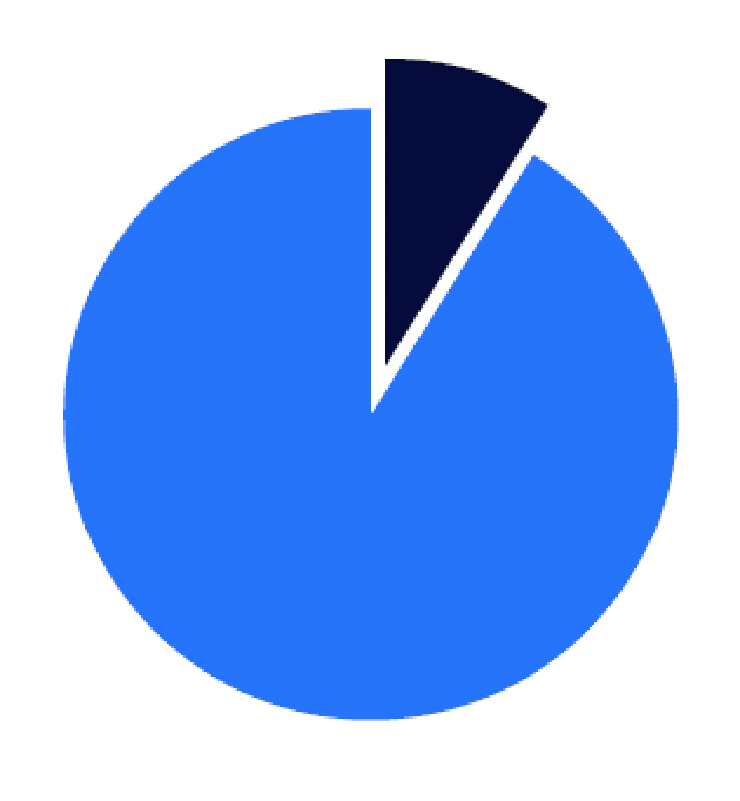
9%
plan to leave nursing profession3
Burnout and Other Shared Challenges
Medication Errors, Adverse Events and Second Victim Syndrome
The term "second victim" refers to healthcare professionals who are involved directly or indirectly in an adverse event, and who subsequently experience emotional distress. This affects many nurses and clinicians; a recent report by the European Network for Safer Healthcare found that 95% of clinicians were closely or directly involved with adverse events over the course of their careers.4 And according to research conducted by the European Alliance for Access to Safe Medicines (ECAMET), 31% of nurses who are involved in an adverse event end up taking two to three months off work, to deal with the resulting emotion and stress.5
"Second victims need help to maintain confidence in their abilities, job satisfaction and even their quality of life."
Prof. Dr. Reinhard Strametz, author and editor of "Employee Safety is Patient Safety"6
These facts highlight the critical question: Who is taking care of healthcare professionals when they take care of patients?
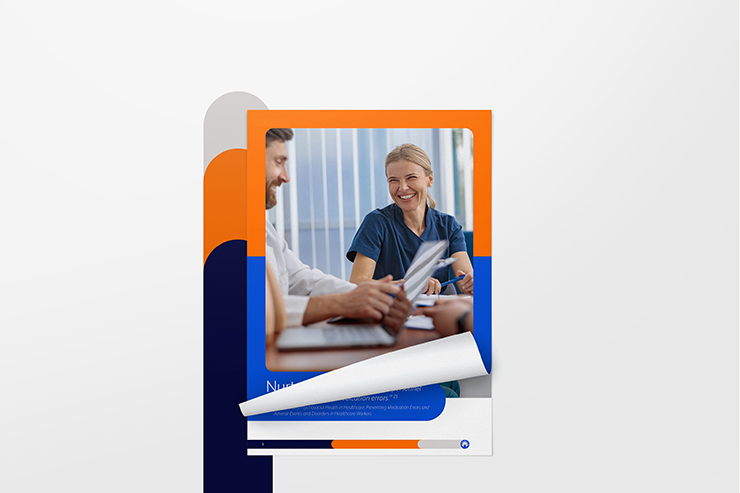
Nurturing the Backbone - A New Era in Well-Being for Healthcare Professionals
This report outlines the current situation for nurses, including the causes of stress and burnout. It explores how healthcare professionals (HCPs), governments and institutions are responding to these challenges, and the supportive role that technologies, including Connected Medication Management, can play.
What the report covers
- The Plight of Nursing and Pharmacy Staff Post-COVID
- Nurturing Well-Being and Resilience
- Stakeholders United for Change
- Digital Healthcare Revolution
Redefining the Work Environment and Boosting Well-Being for HCPs
The Connected Medication Management approach is designed to help improve clinical care and operational efficiency across the entire care continuum. From prescribing to preparation, to dispensing and administration, this approach provides a clear picture of the entire medication pathway. The result: greater visibility, safety and efficiency.
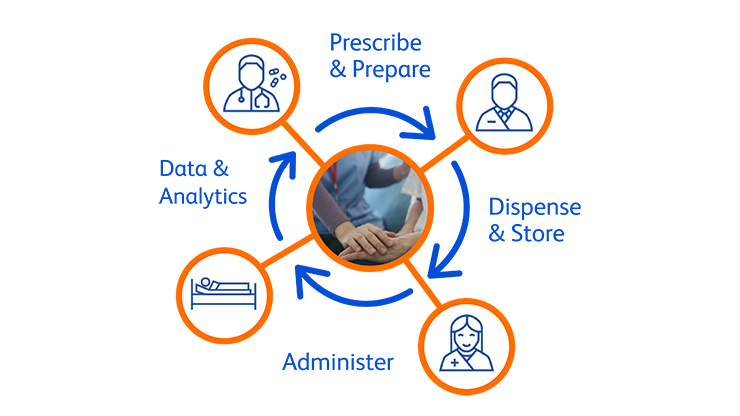

85%-90% of nurses felt that the automated dispensing cabinets improved safety, traceability and stock management7.
As part of an institution-wide strategy to improve the safety, efficiency and traceability of the medication process, the Geneva University Hospitals (HUG) committed to installing intelligent pharmacy robotics, enterprise inventory management software, pharmacy manual picking software, and automated dispensing cabinets at the wards. No nurses wanted to move back to the previous organisation.
Automation as the Path to Streamlining Logistical Tasks at Spital Thun
The hospital implemented automated dispensing cabinets at wards, part of the Connected Medication Management vision. Automation wasn't the primary goal for Spital Thun; rather it offered a way to streamline logistical tasks more efficiently. This allows healthcare professionals to support the patient's treatment with their expertise as directly as possible, and it allows pharmacists, doctors and nurses to work together as a treatment team.
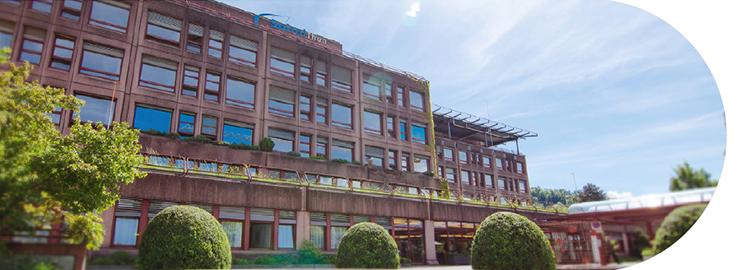

Supporting Nurses and Saving Time at East Tallinn Central Hospital, Estonia
The challenges for East Tallinn included an increasing number of patients with cancer, staff shortages and budget pressures. The hospital implemented a closed loop oncology compounding and administration workflow solution, covering all steps from prescription to administration. BD Cato™ Pharmacy has reduced compounding time by 35%, medications compounded have doubled per annum without any increase in headcount, verification time has been reduced by 88.4% and 3 hours and 24 minutes of nursing time saved per day.8 According to 80% of the nurses at East Tallinn: "BD Cato™ ReadyMed was intuitive and easy to use."9
Reducing Alarm Fatigue for a Better Working Environment
Implementing a Connected Medication Management approach can help you to centralise infusion monitoring, helping to distinguish between critical and non-critical alarms. Implementing automated dispensing cabinets can also help to improve safety, traceability and stock management. The result: better infusion-risk management, and a less stressful work environment for nurses.
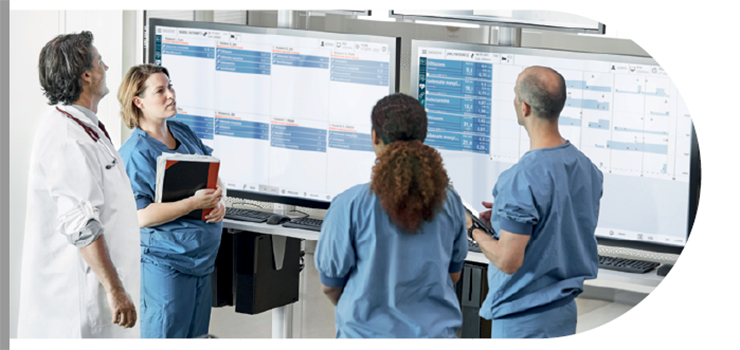
What if you could improve your confidence in delivering medication safely?
What if the medication process could be simpler and allow you to focus on your patients without interruption?



